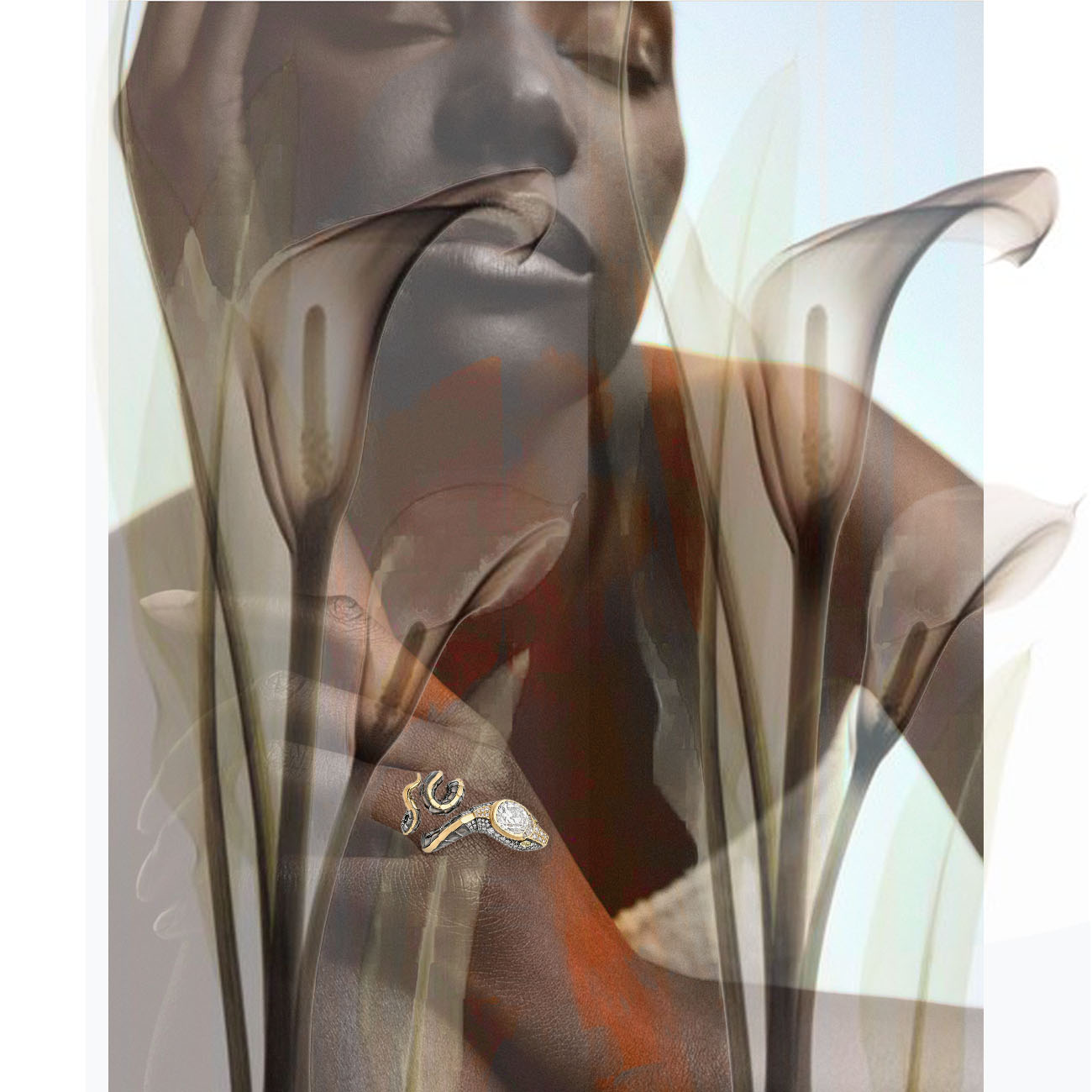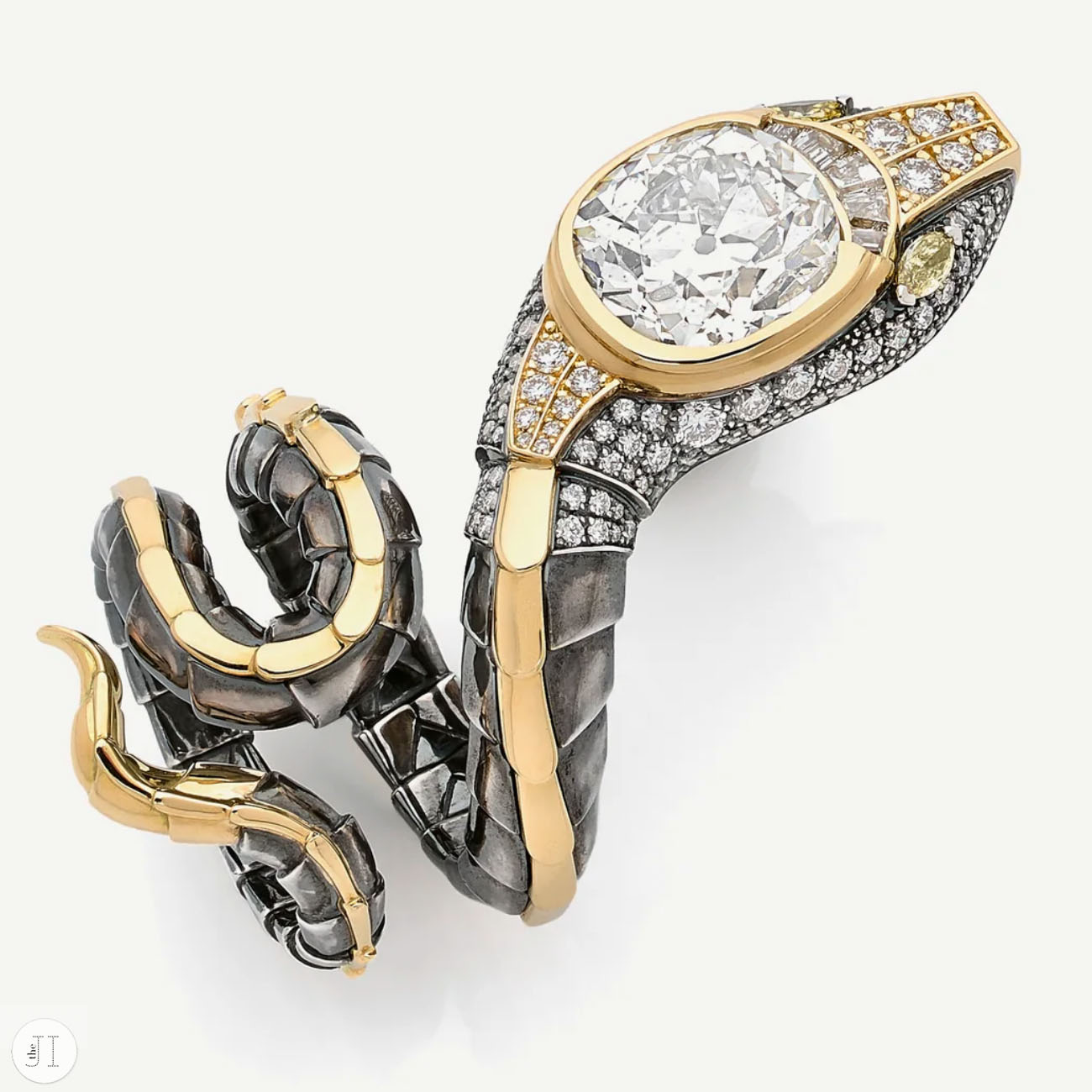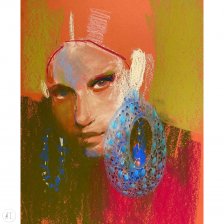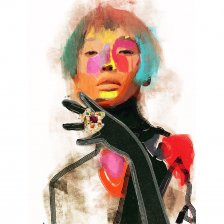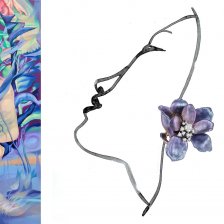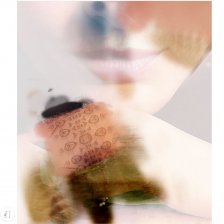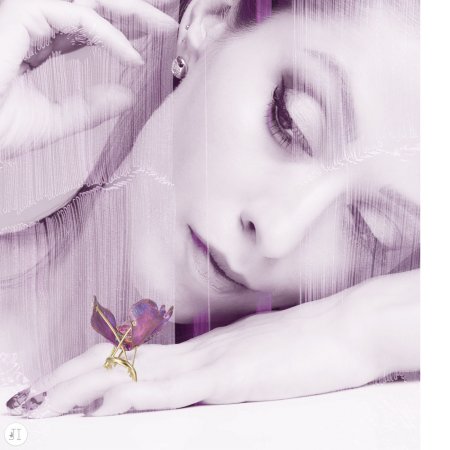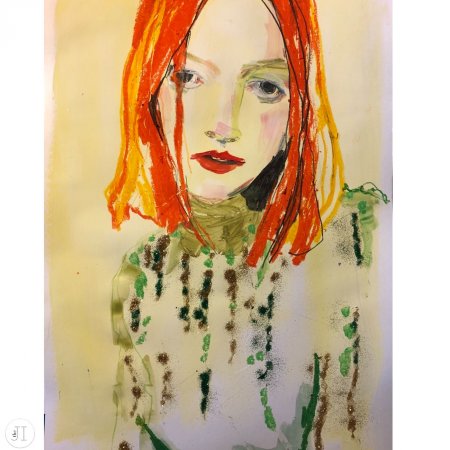FROM PARISIAN CATWALKS TO THE HEARTBEAT OF HIS OWN BRAND: AN INTERVIEW WITH ELIE TOP
For many jewelers, the path to originality is paved with years of craftsmanship under the looming shadows of established names. This was the case for Elie Top, whose earlier days were spent working alongside some of the industry's most authentic icons.
However, by taking a momentous step towards self-discovery Elie found his real treasure. This meant diving deep within, sifting through layers of external influence to hear the whispers of his inner muse.
The beginning of this transformative journey was Elie's first collection, Mécaniques Célestes. A journey that began in uncertainty but now, in reflection, it seems almost preordained.
Passionate would be an understatement when describing Elie’s relationship with jewelry, each creation more sophisticated and intricate than the last. It's not just about aesthetics; it's about dreaming of jewelry, with a strong, independent woman at the heart of every design. A woman who values her freedom as much as the artistry she wears.
But, to presume this journey is devoid of challenges would be naive. Much like the legendary quest of King Arthur, Elie constantly battles with boundaries. Whether it's discovering new techniques or seeking fresh methods to manipulate materials, he’s always on the hunt to elevate his ideas. His goal is to create jewelry that isn't just fleeting fashion but rather timeless heirlooms.
Join us as I sit down with the immensely charismatic Elie Top to discuss his inspirations, aspirations, and the relentless drive to redefine the boundaries of jewelry design.
Maria Kerner: Tell me a bit about your career. Before Lanvin, did you work with jewelry?
Elie Top: I came to jewelry from the fashion world. I studied fashion in Paris, at Écoles de la Chambre Syndicale de la Couture Parisienne, a very classic fashion school. I was an intern for many fashion companies, and then, at the end of the school, I interned for Yves Saint Laurent. I was super young then: nineteen and a half, maybe, twenty.
That is where and when I met Alber (editor's note: Alber Elbaz – creative director of Lanvin in Paris from 2001 until 2015, after having worked for other fashion houses, including Yves Saint Laurent). In between, I was working with other haute couture companies. But it was when I joined Lanvin that I started seriously working on costume jewelry.
You can see through the different collections how the creations were evolving and becoming more and more sophisticated.
There was a very strong bond. Something very telepathic. And there would be those magical moments when we would put a necklace next to a dress – and they would work just like a charm! Although I didn't even know about the existence of that particular dress.
Elie Top
MK: And you know how buyers often don’t know who is the specific person behind a certain piece or collection. People might like certain jewels but be totally oblivious about who stands behind them. But I was always very curious about jewelry. At fashion shows, I always go to see the new jewelry collections. And in my opinion, when you were working at Lanvin, their fashion collections went hand-in-hand with the jewelry.
ET: Yes, there was a very strong bond. Something very telepathic. Sometimes I didn't even know all the clothes that would come into the new collection. Alber would tell me some information, but I did not know all of it. Weeks before the show, I would be working – non-stop, night and day – in the workshop, and I would only come out with the jewelry collection right before the show.
And then, there would be those magical moments when we put a necklace next to a dress – and they worked just like a charm! Like they were created for each other! Although I didn't even know about the existence of that particular dress.
For me, it was like paradise: we could create pieces as extravagant as we wanted, and, at the same time, we were exploring a lot of things.
Elie Top
MK: Yes, that is how the magic happens.
ET: And, if you remember, in the early 2000s, costume jewelry was totally out of fashion. Meanwhile, Alber was super-obsessed with jewelry. He was so enthusiastic about it, always wanting more and more and more of it, and I was so lucky to work with him at that point.
For me, it was like paradise. We could create pieces as extravagant as we wanted, and, at the same time, we were exploring a lot of things.
MK: But in a way you also created your own style, a mix of different styles. All those volumes, all those shapes. I am curious: how was it working with Alber Elbaz?
ET: Oh, it was great! He was pushing you, encouraging you to push your own boundaries and always go further. Sometimes it was a bit difficult, but in a very positive manner. He was also a very good manager, with a very good sense of psychology and intuition. He really knew people.
I learned a lot working with him. He gave me a lot of creative freedom, but, in return, he expected me to work hard and really push my creative boundaries and imagination to extremes.
And then I decided: I need to say something by myself, because this is something that I really want. But I also had to find out: what is this "me"? I had to dig really deep inside of me, and this creative search took me many years.
Elie Top
MK: And now you work for yourself and have your own brand. What did you find most challenging switching from working for someone to working on your own and creating your own world?
ET: At the beginning, it was finding my own path. For for about fifteen years, I had worked for many different companies (including Yves Saint Laurent and Lanvin), and each time it was a different state of mind. And then I decided: I need to say something by myself, because this is something that I really want. But I also had to find out: what is this "me"? I had to dig really deep inside of me, and this creative search took me many years.
When I showed my first collection, I was very anxious. It was the scariest thing that I've ever done! Before that, I was always curated by someone else; and now I had to stand alone, as the face of my own brand.
But once you overcome this stage, the fear is gone, and you can continue growing.
When I showed my first collection, I was very anxious. It was the scariest thing that I've ever done! But once you overcome this stage, the fear is gone, and you can continue growing.
Elie Top
MK: It must have been challenging to understand how not to copy someone else's style, how to find one of your own.
ET: Yes. And I know that if I had to do my first collection (Mécaniques Célestes) again, I would do the same thing. It was the cornerstone, the beginning of my design. It was very important to me.
MK: That first collection was exceptional. Celestial, but with very masculine, strong materials, and very geometric, shape-wise.
ET: Actually, it was pretty risky. But at that point I didn't realize it. I just wanted to do it! And then I started doing different things. But that collection was really the first thing that I wanted to say – and show – to the world.
MK: Do you still have pieces from that first collection in your archive?
ET: Yes, and I continue to sell them. There are new versions, different variations with the same spirit.
MK: How many collections have you created so far?
ET: Six, There were six collections in eight years. But in between creating new collections, I create new pieces or new versions of the previous ones, so the old collections also keep evolving.
I give time for customers to get accustomed to the new collection, to know it better. Sometimes it may take years for a person to realize that he actually likes a particular collection, and it can be really disappointing to not be able to purchase pieces from it any longer.
MK: I know what you are talking about! I have been in the jewelry business for a long time, and have no problem appreciating and purchasing "risky" pieces. But sometimes designers can be too advanced for current tastes, and people need time to digest their style and start appreciating it for what it is.
ET: Besides, jewelry is a precious thing. It is not about fashion. You buy it for a long time – not for a season.
When a piece is finished, it gives me so much happiness. I am still like a child in that sense.
Elie Top
MK: If you had to summarize, what is jewelry for you?
ET: It's my passion, for sure. It is also the best way for me to express myself. It is something from my childhood: I used to sketch a lot: buildings, churches, castles. Very baroque, tiny, precise. And now, when I create jewelry, I sketch it in the same way. It is a tiny universe, where you are always building something.
I was eight or nine then. I am 46 now and it's exactly the same thing. When a piece is finished, it gives me so much happiness. I am still like a child in that sense.
MK: So how did you choose to do jewelry and not something else?
ET: Before jewelry, I was doing so many different things. At one point, I thought to myself: I am doing too much, I am working too much. I have to choose. So I asked myself, what do I like the most? And obviously it was jewelry. It gives me the most happiness.
At one point, I thought to myself: I am doing too much, I am working too much. I have to choose. So I asked myself, what do I like the most? And obviously it was jewelry. It gives me the most happiness.
Elie Top
MK: My first impression when I moved into the jewelry world was how interesting people in that industry are! They come from every field possible. They are engineers, they are architects, they are sculptors.
Where is jewelry right now? It is still a symbol of wealth. Then there is jewelry as amulets or presents. But there is also a strong shift towards art jewelry. I can see a lot of designers moving from purely decorative jewelry to jewelry as an expression of their artistic vision.
ET: Frankly speaking, I did not notice that the trend is now stronger than before. What I have noticed is that jewelry came back into fashion. Before, it was not so fashionable for women to buy jewelry. I would say, 15–20 years ago, none of my "cool" friends would buy luxury jewels for themselves. But now it has become a thing again.
I want to create things that will not just last for one season. I want to create pieces that will live a life and become timeless.
Elie Top
MK: You still experiment with materials. Do you want to move on to fully precious jewelry?
ET: I have worked with fashion jewelry for so long that when I started my own brand, I wanted to go somewhere else conceptually, technically, materials-wise. High jewelry opened to me a totally new way of designing and working, which was not quite possible before. I can be more precise, more technical.
I want to create things that will not just last for one season. I want to create pieces that will live a life and become timeless.
